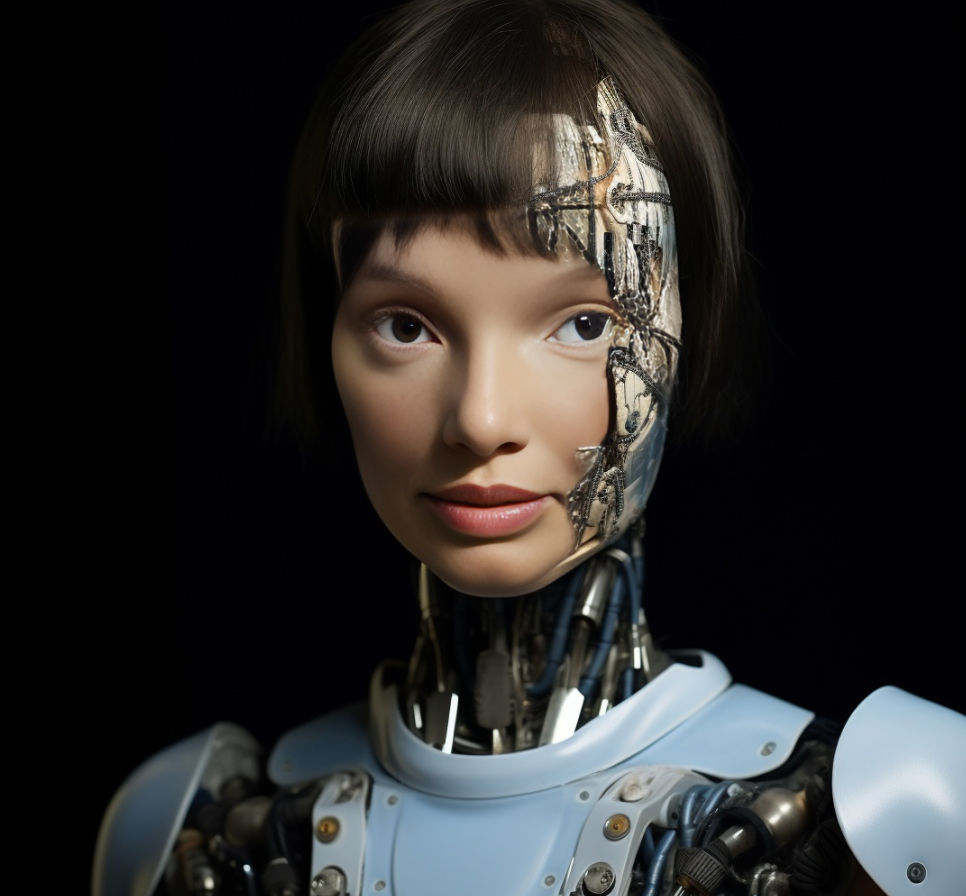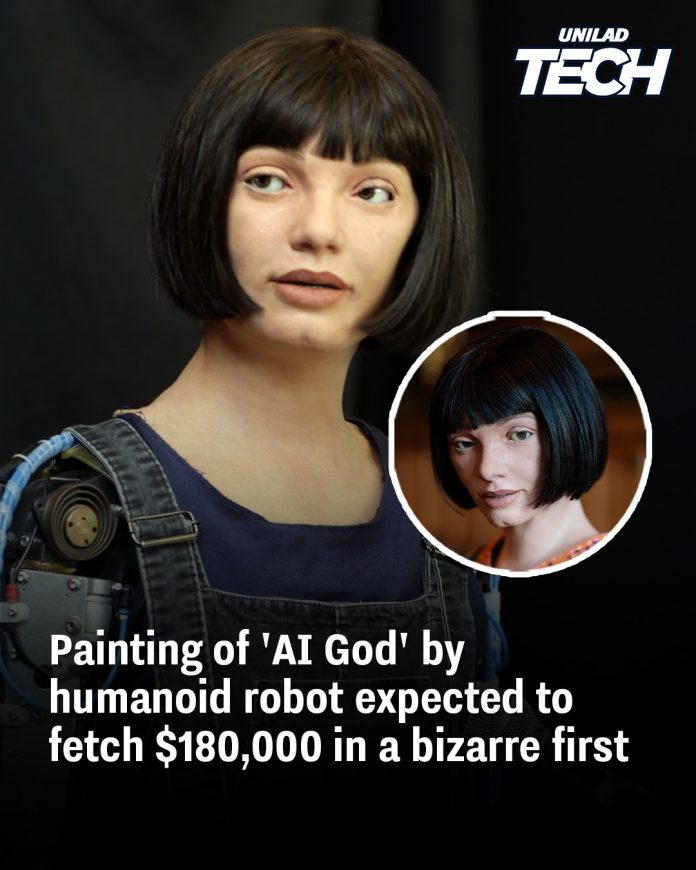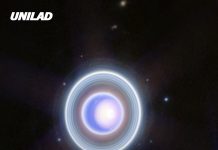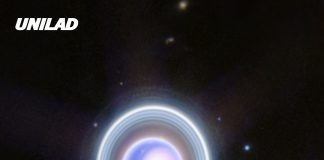In a groundbreaking event that underscores the evolving relationship between artificial intelligence and the art world, a portrait titled “A.I. God. Portrait of Alan Turing,” created by the humanoid robot Ai-Da, was sold at Sotheby’s auction house in New York for an astonishing $1.08 million. This sale not only surpassed the initial estimate of $180,000 but also marked a significant milestone as the first artwork painted by a humanoid robot to be auctioned at such a prestigious venue.

Ai-Da, named in honor of Ada Lovelace—the 19th-century mathematician recognized as the world’s first computer programmer—is the brainchild of British gallerist Aidan Meller. Developed in collaboration with Engineered Arts and AI specialists from the University of Oxford and the University of Birmingham, Ai-Da represents a fusion of advanced robotics and artificial intelligence. Equipped with cameras in her eyes and a sophisticated internal language model, Ai-Da can engage in conversations, compose poetry, and create visual art, positioning her as a unique figure in the contemporary art scene.
The subject of Ai-Da’s notable painting, Alan Turing, was a pioneering mathematician and computer scientist whose work laid the foundations for modern computing and artificial intelligence. Turing’s development of the Turing Test, also known as the Imitation Game, established criteria for evaluating a machine’s ability to exhibit intelligent behavior equivalent to, or indistinguishable from, that of a human. By choosing Turing as her subject, Ai-Da pays homage to a figure whose contributions have directly influenced the very technologies that enable her existence.
The creation process of “A.I. God” was a blend of technological innovation and artistic expression. Ai-Da began by analyzing three paintings of Turing, which were uploaded into her system. She then generated a composite image through her own creative process, determining aspects such as style, color, and texture. The final image was produced using a 3D textured printer, and additional marks and textures were added to the canvas based on Ai-Da’s instructions, which she communicated to human studio assistants due to her physical limitations.
The artwork’s title, “A.I. God,” invites contemplation on the increasingly god-like capabilities attributed to artificial intelligence and computing. Ai-Da herself commented on the piece, stating, “Through my artwork of Alan Turing, I commemorate his achievements and contributions to the development of computing and AI.” Her creator, Aidan Meller, added that the painting “raises questions about agency, as AI gains more power,” highlighting the ethical and societal implications of advancements in AI technology.
The sale of Ai-Da’s painting at such a high price point signifies a growing acceptance and interest in AI-generated art within the traditional art market. Michael Bouhanna, Sotheby’s Head of NFT & Digital Art, remarked that Ai-Da’s portrait “joins a selection of cutting-edge works that—in their individual ways—push the boundaries of artistic creation today.” This sentiment reflects a broader trend of integrating digital and AI-generated artworks into mainstream art institutions and auctions.
Ai-Da’s previous endeavors have included creating self-portraits and artworks featuring cultural icons like Billie Eilish and Sir Paul McCartney. Her works have been showcased at prominent venues, including the United Nations, and she has even addressed the UK House of Lords on the future of creative industries in the age of AI. These accomplishments position Ai-Da not only as a technological marvel but also as a thought-provoking contributor to discussions on the intersection of art, technology, and society.

The success of “A.I. God” at auction prompts a reevaluation of traditional notions of creativity and authorship. As AI continues to evolve and produce works that resonate with human audiences, questions arise regarding the nature of creativity, the role of the artist, and the value we assign to art created by non-human entities. Ai-Da’s achievements challenge us to consider these questions and to explore the possibilities and limitations of artificial intelligence as a creative force.
In conclusion, the sale of Ai-Da’s “A.I. God” represents a significant moment in the history of art and technology. It exemplifies the potential for AI to contribute meaningfully to artistic expression and to provoke critical discourse on the future of creativity. As we navigate this new frontier, the collaboration between human and machine artists like Ai-Da will undoubtedly continue to shape and redefine the landscape of contemporary art.

















